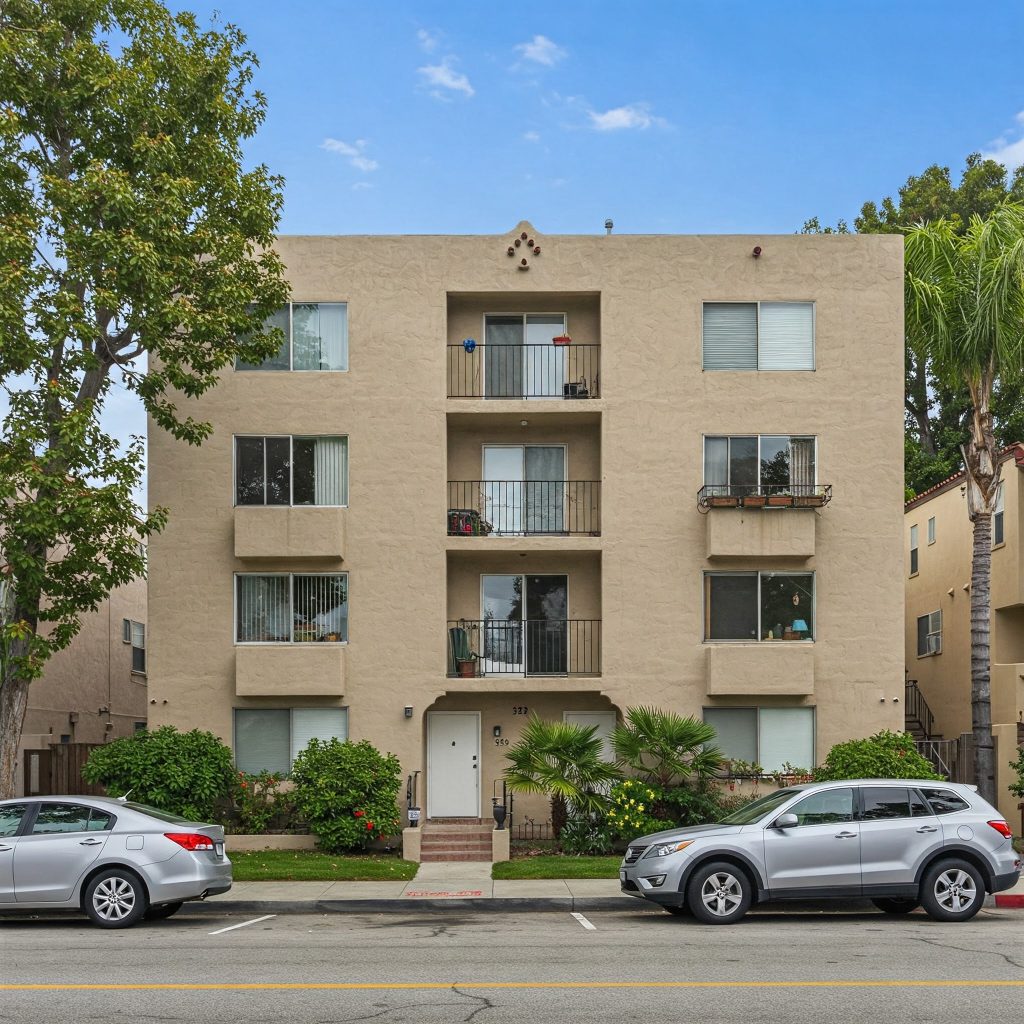Building a large investment property portfolio takes patience, dedication, commitment, and strategy. You’ve worked hard to carefully select your investment properties, manage them, and earn a healthy ROI. However, one aspect you may be overlooking is how to manage the risk of owning a large investment property portfolio.

No matter what kind of investment you make, there is always risk involved. This is especially true when it comes to real estate. From issues with the actual property to downturns in the real estate market, investors with large property portfolios need to take extra risk management steps to protect and secure their investments.
In this article, we will discuss the most common risks for large real estate investment portfolios and how to manage them effectively.
What is Risk Management for Investment Property Portfolios?
Risk management for investment property portfolios is when the investor and their advisors identify any potential risks that could cause the investment to fail or lose money. From these identified risks, they create actionable plans to manage and mitigate the risk to either prevent it entirely or soften the blow if it happens.
Top Risks for Large Investment Property Portfolios and How to Manage Them
Every investor will face different risks concerning their investment property portfolio. It’s crucial to identify risks to your specific scenario. However, the most common risks in real estate investing are listed below.
Market Risk
The real estate market is a volatile entity that could change the performance of your investment property portfolio. Properties could lose value, rent demand could drop, and an economic downturn could cause hardship for both owners and renters.
Market Risk Management
While the real estate market’s status is out of your control, there are ways you can feel its volatility less. Stay updated with real estate markets to make predictions and prepare for coming scenarios.
Diversify your properties geographically so they are not all experiencing the same market conditions. Consider investing in out-of-state properties to maximize location diversity.
Vacancy Risk
When investing in rental property, there is always a risk that it could sit vacant. This means it is not producing any income during this time. While it is an investor’s worst fear, there are ways to mitigate vacancy risk.
Vacancy Risk Management
While facing a vacant property, investors must stay competitive in the market, offering favorable rental rates through strategic and aggressive marketing.
Working with a professional property management company can also reduce vacancy rates, as tenants will likely stay and renew their lease in these situations.
Liquidity Risk
You already know that real estate is not a liquid asset. In an economic downturn, it can be difficult to sell the property to have liquid cash.
Liquidity Risk Management
To ensure your money is not tied up in your real estate investments, keep a cash reserve or a line of credit to use in case of emergencies.
Operational Risk
Operating and managing real estate investments, especially rental properties, comes with operational risks, such as tenant disputes, maintenance and repairs, local laws and regulations, and rental collection.
Operational Risk Management
When facing operational risk, the best thing you can do is hire a professional property manager to take care of everything. They will liaise with tenants, coordinate repairs, collect rent, and ensure the property complies with local regulations.
Leverage Risk

Many investors choose to buy property through financing, allowing them to take advantage of higher ROI opportunities. However, in case of vacancy, it can be difficult to pay the mortgage, causing the investment to fail.
Leverage Risk Management
To manage the risk of buying through financing, it’s a good idea to have a conservative debt-to-equity ratio and focus on cash-flow-positive properties. When interest rates are favorable, you should also consider refinancing if possible.
Property Damage and Natural Disasters
Depending on where your properties are located, they could be subjected to natural disasters like earthquakes, hurricanes, tornadoes, floods, or fires. While these events are inevitable, having proper plans in place can mitigate the risk.
Damage to the property, such as requiring a new roof, frozen pipes, or other serious issues, are also expensive risks that come with large investment property portfolios.
Property Damage and Disaster Risk Management
Taking out comprehensive insurance to cover damage from natural disasters can help make repairs less of a financial burden and cover lost rent. Consider also having a contingency plan if tenants require relocation due to inhabitable property.
Collecting a security deposit from tenants can also cover tenant-caused damage to the property. Conducting regular property inspections to ensure potential damage or issues are caught early will also help mitigate this risk.
Tenant Default Risk
There is always a risk that a tenant does not pay rent on time or causes damage to the property. Failure to collect rent could mean missing a mortgage payment or being put in a tight spot.
Tenant Default Risk Management
Before allowing potential tenants to sign a residential or commercial lease, make sure to conduct a thorough tenant screening to ensure they are reliable, respectful, and have the means to pay rent each month.
It is also a good idea to diversify your tenant base through residential and commercial properties. Avoid relying solely on high-paying tenants to cover your investment operating expenses, too.
Additional Risk Management Tips
We’ve addressed the most common risks for large investment property portfolios, but there are even more ways to ensure property management of these risks.
- Regular Portfolio Review – Regularly review and analyze each investment property’s performance to make data-driven decisions about your portfolio.
- Diversity Property Type – Invest in commercial, industrial, multifamily, and single-family properties to diversify your tenants and locations.
- Build a Professional Network – Network with financial advisors, real estate agents, lenders, contractors, and property managers to help you manage your portfolio.
Maximize Your Investment Property Portfolio with InveServe Corp in San Gabriel Valley, CA
Maximizing, much less managing, a large investment property portfolio on your own is nearly impossible if you want the most return on your investment. With investment properties located nationwide and a variety of property types, the only way to fully maximize your investment is by hiring a professional property management company like InveServe Corp.
As the San Gabriel Valley’s leading property management company, we help real estate investors manage their residential and commercial properties by taking on everyday tasks for operational efficiency.
We can even help you expand your investment property portfolio in California with our full-scale real estate services.
If you’re looking for a dedicated and experienced professional real estate investment partner in the San Gabriel Valley, then look no further than InveServe Corp!
Did you find this article interesting? Make sure to read How to Increase Revenue on Multi-Family Properties next!



